Ralph Gilles Talks Electric Cars, Urban Mobility, and Technology
If you're a fan of vehicles coming out of Dodge, Chrysler, Jeep, and many of the other Stellantis brands, you have Ralph Gilles and his team of designers to thank. At least for much of the past 30 years, as Gilles joined the company in 1992, making his way to the current post as Head of Design.
During this multi-decade stint, spanning over five company names and nine CEOs, Gilles has had a major hand in designing some of America's most iconic muscle models: the Dodge SRT Viper, Chrysler's reincarnated 300C, and the Jeep SRT Grand Cherokee.
Gilles' impact on the auto industry is in large part tied to his designs, but that hasn't precluded him from performing duties that go beyond making cars visually exciting. In 2009, Gilles was named president and CEO of the Dodge brand, eventually moving on to be president and CEO of SRT and Motorsports at Fiat-Chrysler America in 2011.
This only makes sense for someone with a history in various road rallies and racing series, like the Targa Newfoundland Rally, and the Car and Driver One Lap of America. Additionally, Gilles is a champion of diversity and inclusion inside and outside of Stellantis, serving as the executive sponsor of the Fiat Chrysler African American Network as well as mentoring current design students at his alma mater, The College for Creative Studies in Detroit.
With a resume like that, Gilles is one of the most notable designers in the industry today, and his design colleagues seem to think so as well. At 52 years old, Gilles received the 2023 EyesOn Design Lifetime Design Achievement Award, an honor bestowed upon current designers by previous award winners. The list goes back to 1988, with legends and former recipients like Edward T. Welburn, Tom Gale, and Peter Brock choosing Gilles as this year's winner. Having received the award shortly before the LA Auto Show, we caught up with the man himself to talk about the future of automotive design.
Autoweek: Do you think it matters if consumers are tuned into design language? Or is the idea that it's natural for them to look at the car and have it make sense?
Ralph Gilles: I know this from talking to my friends and family: Most of them are oblivious. They just know if it makes them feel good. If they kind of look at it for a split second and go, "Ugh, that's not for me," that means you did something really bad. But most of the time, people will contemplate a design, and if it's bad, they kind of look at it long enough to figure out, "I don't think I like this part."
They can articulate it. And when they really like something, if you've done a really good job with the design, I think they can say, I love the front end or I love this or that. Anytime you have love in front of something, that's good design language. I want this strong visceral feeling. I also don't mind if someone says I hate it. Because to me, it's better to have a polarizing design sometimes. Not everyone should like something.
Autoweek: Do you want to get people out of their comfort zone with vehicle design sometimes?
Ralph Gilles: It depends! On certain brands, more so than others. There are also, let's say, self-imposed truths in a way, like the Wrangler, for example. There's no need to mess with it because it's so successful. People love it. And functionally, it's designed around how it works. But clearly, there's going to be a time when the fundamentals underneath the vehicle change enough that we have to change outside of it. That's kind of what we're going through right now with the electric movement.
Autoweek: Current design is sometimes making EVs look different from what we think of as traditional ICE cars, often in a more futuristic way. Do you think that's part of what distinguishes them as electric vehicles? Do you think we'll get to a place where they don't look so futuristic?
Ralph Gilles: Whatever the propulsion system is, being futuristic is a choice. It can be futuristic and be traditionally propulsed, or it can be futuristic and be an EV. I think there's a bit of an assumption that an EV customer wants the whole world to know they bought an EV. And I think in the early days of that, perhaps that was true. As we go forward, an EV is just another choice of propulsion. It still has to be a good car, still has to be attractive, and still has to work really well. So, we're defaulting to that. We're really more focused on the car being gorgeous and working super well. Each of our brands stands for different things, so we have to keep building on that brand ethos. To me, that's one of the primary functions of the design is to continue brand building.
Autoweek: Would you mind expanding on how the design and the packaging of EVs come together?
Ralph Gilles: A lot of it is in the fundamental lack of a driveshaft, having a battery pack, instead of a transmission tunnel—that's a big one. You have a frunk instead of an engine box. That's a huge one, knowing how to use that space. On the Banshee concept, we have that plunging hood line that would not be possible if we had a traditional system in there. It announces its purpose a little bit—it celebrates aerodynamics, but not in an obvious way. We could have done a shovel nose thing. We decided not to, to give the car much, much, much more character that way. The biggest thing will be on the interiors of the vehicles and having that packaging space.
Autoweek: Talk to me a little bit about how we're seeing a lot of larger cars, with SUV sales steadily climbing. How does that translate to designing larger cars versus smaller cars?
Ralph Gilles: I think we're blurring the lines between what a car is. You're looking at the UV (utility vehicle) craze— there are a lot of UVs out there. They sort of have a certain similar silhouette. As you push for aerodynamics, you start seeing UVs getting sleeker, and people are still calling what almost looks like a sedan a UV. Because it has a high ride height, it's comfortable to get in and out of—that's one of the things that makes UVs attractive. But there's this battle of cargo versus aerodynamic. Aero is actually more impacted by the back of the car than the front. That's counterintuitive. All these things factor in as we look at designing for range and for the perception of efficiency, as well as actual efficiency.
Autoweek: You see a lot of airliners look very similar, because of regulatory issues. Do you ever worry about that with cars/EVs?
Ralph Gilles: Yes, we joke about that all the time. We have to be careful or we're going to become the airline industry if all EVs have to hit the same aero number. We are looking at that challenge, but also making tradeoffs. We might give up 20 miles of range for more character in the design. Plus, we're pretty certain that over time charging stations will be more readily available. So range won't be so critical. Once you get over a certain threshold of miles, you're quibbling over a few miles.
Autoweek: Considering urban mobility, what are you thinking about in terms of small cars and potentially two-wheeled vehicles, from a design standpoint?
Ralph Gilles: Like our other group, our PSA Group did the [Citreon] AMI, which is a dedicated kind of intercity car. Very low cost, and very well designed. In the mobility space, it's going to be probably something where we partner with people to experiment on things like the last-mile challenge. We're even getting involved with Archer. We're fascinated by what they're doing and we're partnering because there's definitely an interesting thing about air and last-mile solutions, so stay tuned.
Autoweek: Which brands have been the most rewarding to work on?
Ralph Gilles: Dodge is fun to interpret. We're actually also doing the same for Chrysler. We're having a lot of fun reinventing it. Right now, it's Jeep to me. Just fascinating. I'm loving watching Jeep grow right before my eyes. I've been with the company for quite a long time now. So, watching it evolve from almost a niche brand to just a global, respected, and loved brand around the world. We just launched the Avenger B-segment Jeep in Europe, and it's so far been well received. And in South America, we're selling Jeeps like crazy. China—they love our Jeeps. They love the new Commander there. It's just a brand that is crazy flexible. But yet we're still true to ourselves, even though we've reached out in all these segments, different segments of the world, we're still cheap. To have this brand in our fold is daunting because we have to make sure we leave it better than we found it.

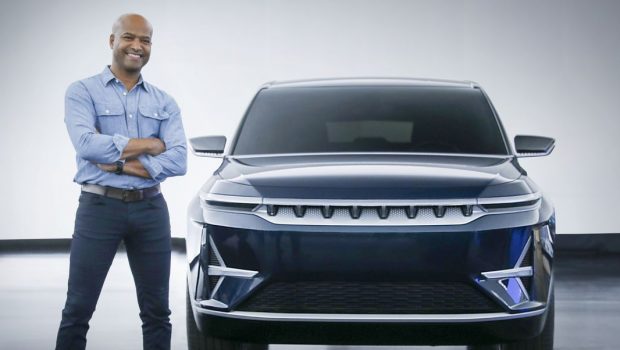
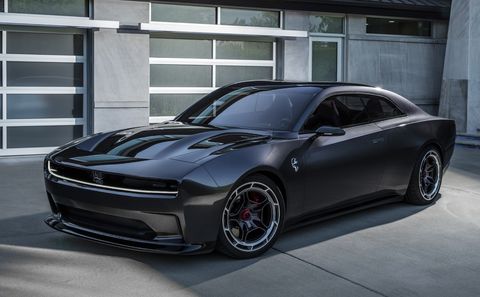
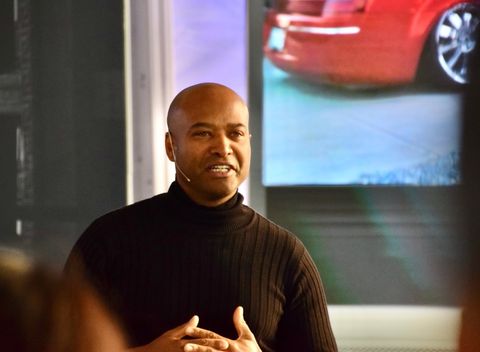
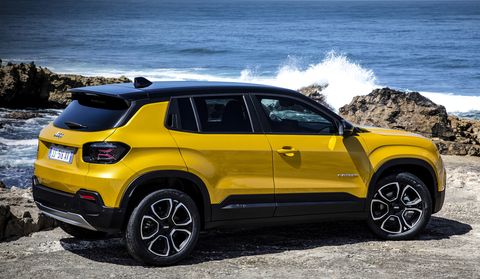
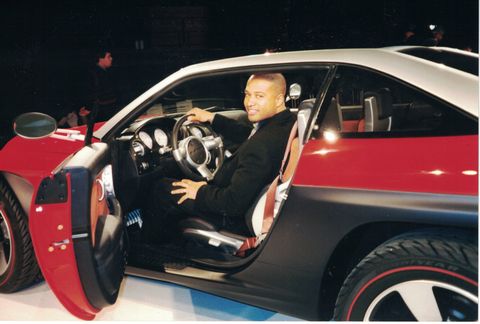






Gloss